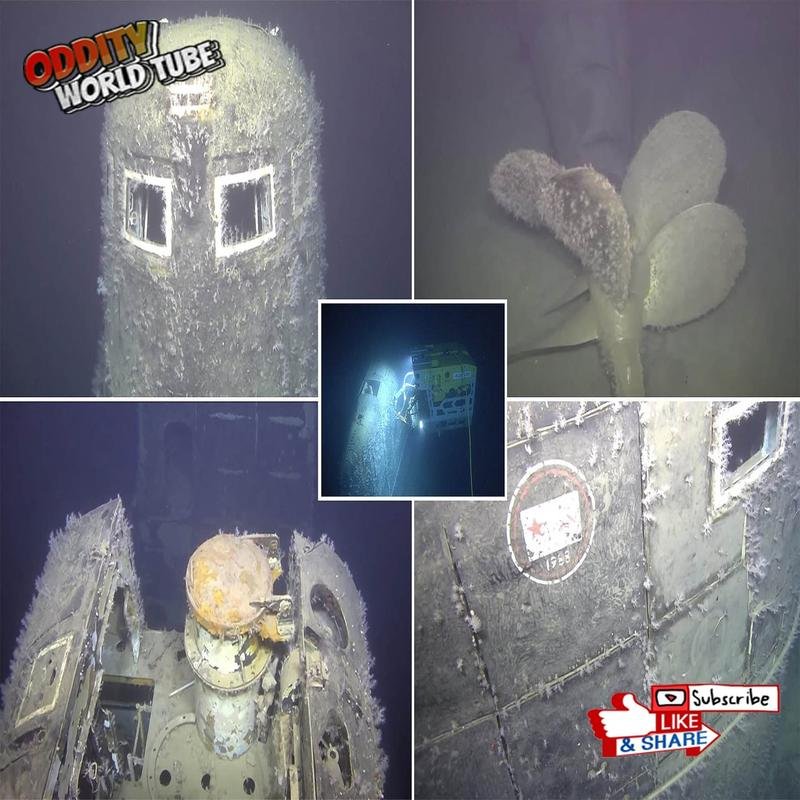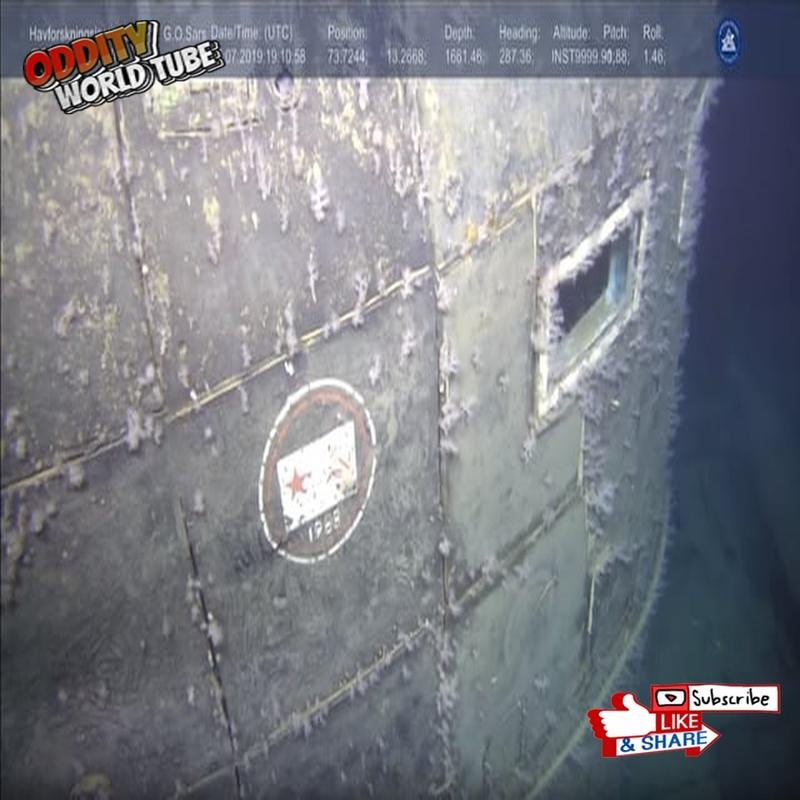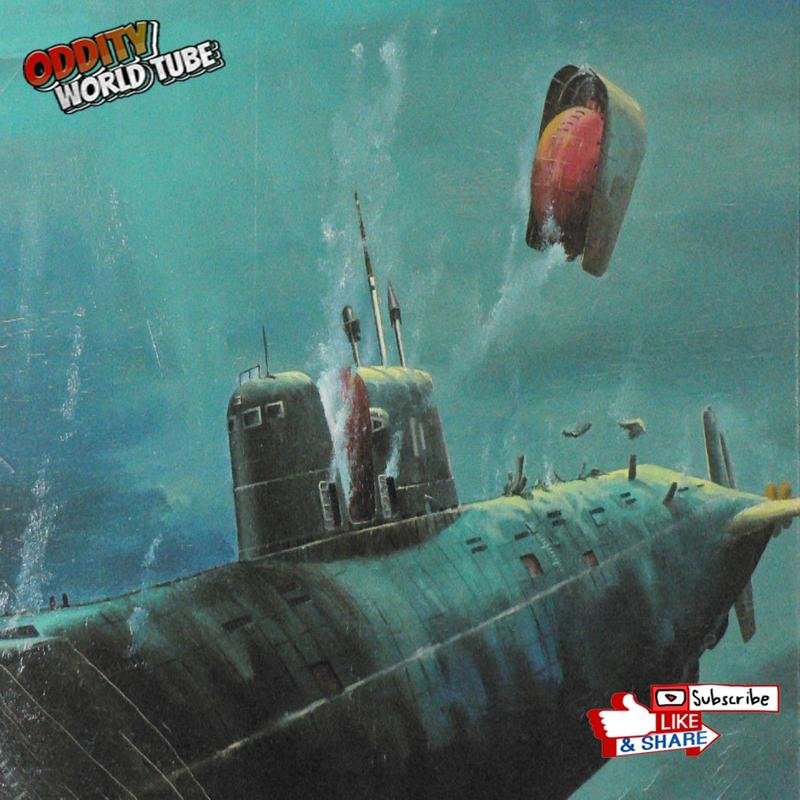The Komsomolets Disaster: Unraveling the Secrets of the Sunken Nuclear Submarine 🧊🔍 #Submarine #Russia #History

K-278 Komsomolets: Nuclear Sub Disaster
The Soviet K-278 Komsomolets, resting on the seabed of the Norwegian Sea, serves as a stark reminder of a maritime disaster that shocked the world. The 1989 sinking of this advanced nuclear-powered attack submarine, following a catastrophic onboard fire, represents a tragic milestone in submarine history and raises critical questions regarding maritime safety and nuclear technology.
The Catastrophe Unfolds
On April 7, 1989, the Mike-class Komsomolets, during routine maneuvers in the Norwegian Sea, experienced a fire in equipment compartment number 7 at 11:03 AM local time. Originating from an electrical short circuit, the fire rapidly engulfed the submarine, initiating a devastating catastrophe.
Despite its titanium hull, designed for record-breaking depths and extreme conditions, the Komsomolets was no match for the intense blaze. The fire rapidly spread, crippling control systems and essential equipment. The 69-member crew valiantly fought the fire, but its intensity and rapid propagation overwhelmed their efforts, resulting in soaring internal temperatures and the release of significant quantities of toxic smoke.
Rescue Efforts and the Sinking
A distress call was issued at 11:16 AM, prompting a response from Soviet naval vessels and several commercial ships. However, considerable distance and adverse weather conditions significantly hampered rescue efforts. As rescue vessels approached, the fire continued unabated, culminating in the explosion of several high-pressure air cylinders, further exacerbating the disaster. The submarine subsequently sank to a depth of approximately 1700 meters at 5:08 PM local time. Tragically, only 27 crew members survived; 42 perished from fire, drowning, or hypothermia.
Investigations and Aftermath
The Komsomolets disaster prompted global scrutiny of nuclear submarine safety. Investigations revealed significant design flaws and procedural shortcomings, including an ineffective fire suppression system and inadequate crew training for deep-sea fire response.
The catastrophe spurred substantial improvements in nuclear submarine design and safety protocols, encompassing enhanced fire suppression systems, improved crew training, and the development of advanced submarine rescue technologies.
The Komsomolets, containing a nuclear reactor and two nuclear torpedoes, remains on the Norwegian Sea floor under continuous monitoring to prevent radioactive leakage. While no significant leaks have been detected, environmental concerns persist. A 1995 Russian operation sealed the submarine’s openings to mitigate radioactive material release; however, some experts consider these measures insufficient, highlighting the potential for future environmental hazards.
Lessons Learned and Future Implications
The Komsomolets disaster serves as a tragic illustration of the inherent risks associated with deep-sea exploration and nuclear technology. It underscores both the courage and sacrifice of the crew and the consequences of negligence and oversight. Analysis reveals critical weaknesses, including an inadequate fire suppression system, the use of flammable materials, insufficient crew training in deep-sea fire fighting and emergency procedures, and poor inter-crew communication. The slow and ineffective emergency response further compounded the tragedy. The disaster exposed deficiencies in existing safety procedures, equipment, and evacuation plans.
The Komsomolets exemplifies the immense engineering challenges inherent in nuclear submarine design, requiring resilience against immense water pressure, extended operational periods without refueling, and protection against hazards such as fires and radiation leaks.
While significant advancements have been made following the disaster, further research and development are crucial to ensure the continued safety of nuclear submarines and their crews. The Komsomolets disaster remains a stark reminder of the paramount importance of safety in all aspects of deep-sea exploration and nuclear technology, emphasizing the need for continuous investment in research, advanced technologies, comprehensive crew training, and robust safety procedures to prevent future tragedies. The incident serves as a powerful lesson on the devastating consequences of negligence and design flaws in nuclear submarine operations.









